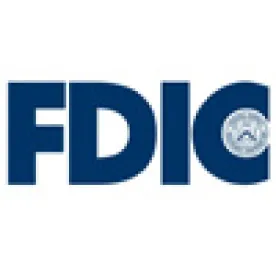On May 1, 2023, the Federal Deposit Insurance Corporation (the “FDIC”) released a comprehensive discussion and analysis of potential courses of action that could be taken to reform the deposit insurance system in response to the recent string of failures of insured depository institutions. The three options for reform are briefly described below:
-
Limited Coverage. Maintaining the status quo pursuant to which there is a set limit to deposit insurance applied across all depositors and types of accounts. This option contemplates a potential limit increase; however, the policy of a finite and uniform coverage ceiling would remain in place.
-
Unlimited Coverage. Providing full coverage across the board by completely removing the deposit insurance limits for all depositors and types of accounts. The FDIC is of the opinion that unlimited coverage could have dramatic distorting effects on the broader market at large by stimulating a sharp increase in consumer demand for deposit products, thereby giving deposits a competitive edge in comparison to other types of assets.
-
Targeted Coverage. Setting aside the current one-size-fits-all approach to deposit insurance and allowing for deposit insurance limits to be applied at different levels across different types of depositors and types of accounts (e.g., increasing coverage to business payment accounts). The FDIC believes that differentiating between business payment accounts and other types of deposits or investment accounts would provide specialized support to banks without substantial disruptions in other asset markets.
The full report (which can be found here) discusses the recent bank failures, provides a detailed history of deposit insurance in the United States and examines the impact each option could have on the Deposit Insurance Fund’s adequacy, financial stability, depositor discipline and the broader market landscape.
Kelly Miller & Nicholas S. Zlevor contributed to this article








 />i
/>i

